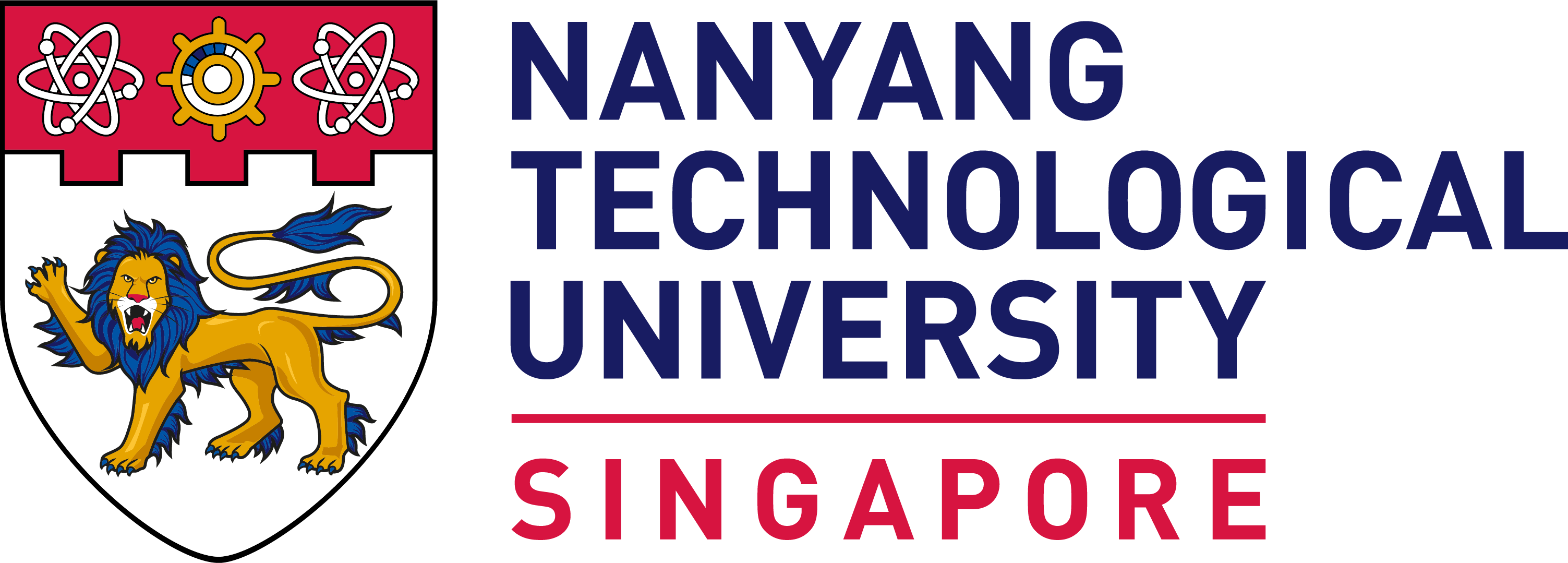IAS Lee Kong Chian Distinguished Professor Public Lecture 16 July 2025

"Modern Quantum Mechanics is 100 Years Old This Year: Why Is There So Much Excitement?"
The “first quantum revolution” began 100 years ago in 1925, and lasted about seven years before its fundamental laws were completed, including the Heisenberg uncertainly principle, and the Pauli principle that explains the origin of Newton’s “normal force” that acts when two pieces of solid matter are pressed together. But just because we know the laws, it doesn’t mean that we know all the things that they allow to occur. The new excitement, that some believe is a sign of a developing “second quantum revolution”, concerns “entanglement”, a mysterious property of quantum mechanics that Einstein noticed. He thought it was too strange to be true, and proposed an experiment to test it, as he thought quantum mechanics was wrong. But when the experiment could finally be done, it confirmed this strange property, and now it is often said to be the “fuel” which will drive powerful future quantum computers.
About the speaker [ More info]:
Prof Duncan Haldane, who shared the 2016 Nobel Prize for Physics with David Thouless and Michael Kosterlitz, is the Sherman Fairchild University Professor of Physics at Princeton University, who is a Fellow of the Royal Society of London, and of the U.S. National Academy of Sciences, and the Slovenian Academy of Sciences and Arts (foreign member) He is also a Fellow of the American Academy of Arts and Sciences, the American Association for the Advancement of Science, and the American Physical Society.
He was awarded a share of the Nobel Prize for his theoretical work on “topological states of matter”, including pioneering work on unexpected (and initially controversial) “topological quantum states” of one-dimensional systems of magnetic atoms (for which he had previously received the 1993 Oliver Buckley Prize of the American Physical Society), and on the theoretical prediction of (ferromagnetic) topological insulators (exhibiting the “quantum anomalous Hall effect”, finally first observed experimentally in 2013) for which he had shared the 2012 Dirac medal of the International Center for Theoretical Physics (Trieste) with Charles Kane and Shou-Cheng Zhang. His work helped to open up new directions and ways of thinking about quantum effects in condensed matter, and in recent years, “topological quantum matter” has grown into a very active experimental field which many believe may provide platforms for “quantum computing”. He also initiated the field of “topological photonics”. He currently works on “quantum geometry” in the “fractional quantum Hall effect”.
Haldane received his PhD in theoretical condensed matter physics from Cambridge University, under the direction and mentorship of Philip W. Anderson (Nobel Laureate in Physics 1977), and, before his appointment at Princeton University, worked at the Institut Laue-Langevin (Grenoble, France), the University of Southern California, Bell Laboratories, and the University of California, San Diego, in the U.S.A. Haldane was born in London in 1951, with mixed Scottish and Austrian/Slovenian origins, and was educated at St. Pauls school, then Christ’s College, Cambridge.

